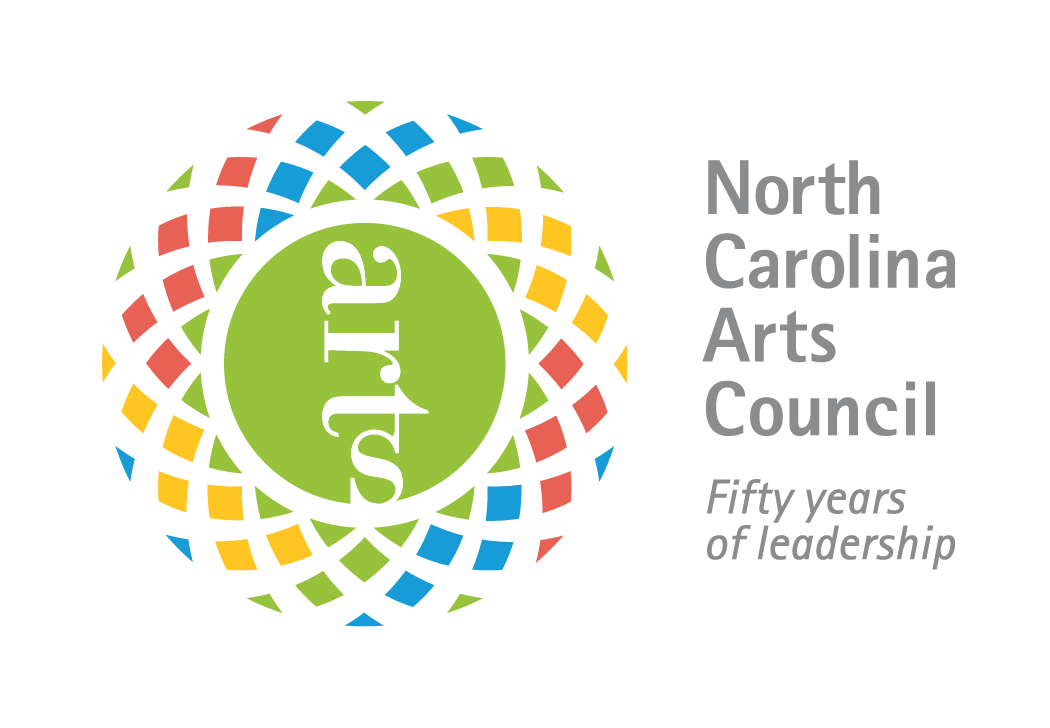By Mary Catherine Rendleman Edwards
Last week, while driving home from work, I heard the L'Arlessiane Suite by George Bizet. It took me back to the first time that I heard and played the piece with the Charlotte Youth Symphony (as the Charlotte Symphony Youth Orchestra was called then). The memories came flooding back. I remember being enthralled with the huge sound of the full orchestra that I was part of: the beautiful flute solo wafting over my head, the mesmerizing harp arpeggios, and the brass in the fiery last movement that was so exciting. I smiled as I drove, remembering how proud we were of that performance in 1965.
Youth orchestra rehearsals were some of the best times of my high school years. On Saturday mornings, my sister Ruth and I would join our carpool, which frequently included Ann Cooper (cellist) and Robert Allen, (bassoonist), on the ride over to Piedmont Jr. High (as it was called then) for weekly rehearsals. Most teenagers looked forward to sleeping in on Saturdays, but we cherished the comradeship we developed with peers from our high school as well as others from across the region. In those days, we enjoyed playing under the baton of Charlotte Symphony Music Director Richard Cormier.
Margaret Tait and her younger sister Kathryn drove up from Rock Hill, S.C. for the rehearsals. I became friends with students from South Mecklenburg and Garinger High Schools, among others. One time in the parking lot after the rehearsal we crammed a cello, a bassoon, a violin, a viola, a clarinet, and four people into a Volkswagen Bug just to see if we could. (We did not attempt to drive home like that!) It was always sad when the season came to a close with the last concert of the year. Many of us played during the summer, winning scholarships to Transylvania Music Camp, Governor's School in Winston Salem, and Eastern Music Festival. The North Carolina School for the Arts opened up, and quite a few Charlotte Symphony Youth Orchestra students migrated to Winston-Salem for the inaugural year in 1965, including my sister Ruth.
Playing in the youth orchestra and hearing performances by the Charlotte Symphony, I became addicted to the sound of a full symphony orchestra, and it became my life for many years. This past Friday, I took all of my Eastway Middle School Orchestra members to a dress rehearsal of the Charlotte Symphony. Today in class I asked them what their favorite part of the trip was, and one after the other in so many words said, "The sound of the orchestra" or "the loud parts when everybody was playing." I know what they felt. There is nothing like it in this world. Thank you, Charlotte Symphony for the inspiring performance!
A former Charlotte Symphony Youth Orchestra member, Mary Catherine Rendleman Edwards has enjoyed a carreer as a professional violinist for over forty years. She holds a Bachelor of Music from Boston University and a Master of Music from University of Michigan/Ann Arbor. A Salisbury resident, she drives to Charlotte daily to teach orchestra at Eastway and McClintock Middle Schools.
Last week, while driving home from work, I heard the L'Arlessiane Suite by George Bizet. It took me back to the first time that I heard and played the piece with the Charlotte Youth Symphony (as the Charlotte Symphony Youth Orchestra was called then). The memories came flooding back. I remember being enthralled with the huge sound of the full orchestra that I was part of: the beautiful flute solo wafting over my head, the mesmerizing harp arpeggios, and the brass in the fiery last movement that was so exciting. I smiled as I drove, remembering how proud we were of that performance in 1965.
Youth orchestra rehearsals were some of the best times of my high school years. On Saturday mornings, my sister Ruth and I would join our carpool, which frequently included Ann Cooper (cellist) and Robert Allen, (bassoonist), on the ride over to Piedmont Jr. High (as it was called then) for weekly rehearsals. Most teenagers looked forward to sleeping in on Saturdays, but we cherished the comradeship we developed with peers from our high school as well as others from across the region. In those days, we enjoyed playing under the baton of Charlotte Symphony Music Director Richard Cormier.
Margaret Tait and her younger sister Kathryn drove up from Rock Hill, S.C. for the rehearsals. I became friends with students from South Mecklenburg and Garinger High Schools, among others. One time in the parking lot after the rehearsal we crammed a cello, a bassoon, a violin, a viola, a clarinet, and four people into a Volkswagen Bug just to see if we could. (We did not attempt to drive home like that!) It was always sad when the season came to a close with the last concert of the year. Many of us played during the summer, winning scholarships to Transylvania Music Camp, Governor's School in Winston Salem, and Eastern Music Festival. The North Carolina School for the Arts opened up, and quite a few Charlotte Symphony Youth Orchestra students migrated to Winston-Salem for the inaugural year in 1965, including my sister Ruth.
Playing in the youth orchestra and hearing performances by the Charlotte Symphony, I became addicted to the sound of a full symphony orchestra, and it became my life for many years. This past Friday, I took all of my Eastway Middle School Orchestra members to a dress rehearsal of the Charlotte Symphony. Today in class I asked them what their favorite part of the trip was, and one after the other in so many words said, "The sound of the orchestra" or "the loud parts when everybody was playing." I know what they felt. There is nothing like it in this world. Thank you, Charlotte Symphony for the inspiring performance!
A former Charlotte Symphony Youth Orchestra member, Mary Catherine Rendleman Edwards has enjoyed a carreer as a professional violinist for over forty years. She holds a Bachelor of Music from Boston University and a Master of Music from University of Michigan/Ann Arbor. A Salisbury resident, she drives to Charlotte daily to teach orchestra at Eastway and McClintock Middle Schools.







